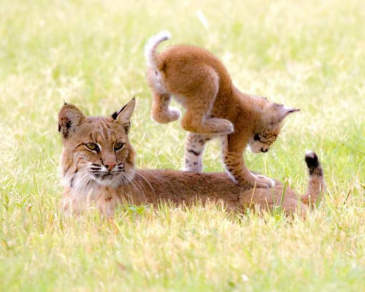The principal reason we live at Meadowlark Hills is that they are accredited in management of Parkinson's disease. Don has PD and various therapies address the many symptoms. We credit them with...
Speedy PD Race for Parkinson's Disease: 17th Annual Event
July 11, 2025




